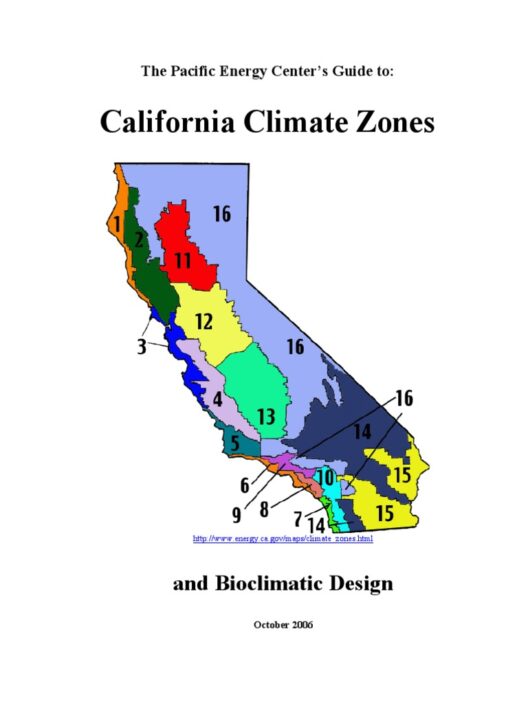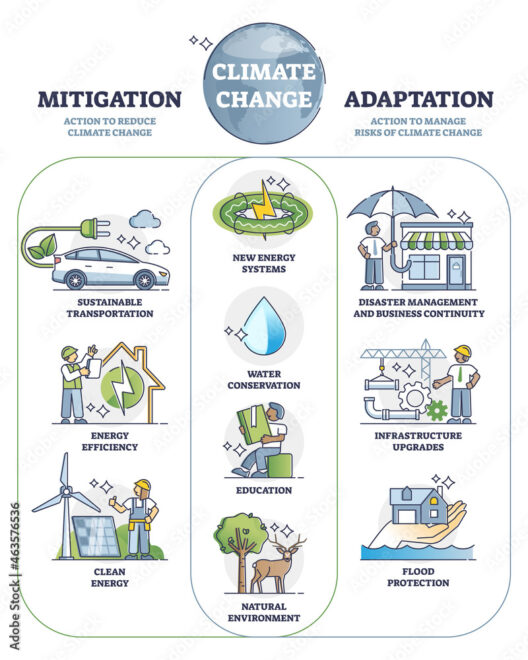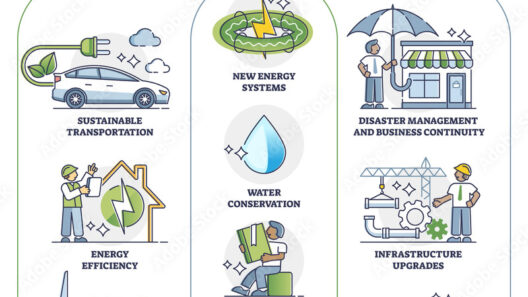Earth’s climate is meticulously regulated through a complex interplay of natural processes, one of the most significant being ocean circulation. The vast expanse of the oceans covers approximately 71% of our planet’s surface, playing a crucial role in transporting heat and modulating climate patterns. Among the various components of ocean circulation, meridional overturning circulation (MOC) stands as a pivotal factor in distributing warm seawater across the planet, influencing both weather patterns and global temperatures.
To comprehend the intricate workings of this process, it is imperative to explore the mechanisms underlying MOC. At the core of this circulation system lies the phenomenon known as thermohaline circulation, which is driven by differences in water density resulting from varying temperature and salinity levels. Warm, less dense water tends to float on the surface, while colder, denser water gradually sinks into the depths. This process establishes a conveyor-like system throughout the world’s oceans, enabling the transfer of heat from the equatorial regions towards the poles.
The journey of warm seawater begins near the equator. Here, intense solar radiation warms the surface waters, leading to fluctuations in temperature. Warm equatorial currents, such as the Gulf Stream in the Atlantic Ocean, transport this heat poleward. As the warm water travels north, it gradually cools and loses buoyancy. Simultaneously, evaporation increases salinity, as the salt remains while freshwater vapor escapes into the atmosphere. This dual process of cooling and enhanced salinity ultimately results in the sinking of water masses in specific regions, notably in the North Atlantic and near Antarctica.
Once this cold, dense water plunges into the depths, it initiates a deep oceanic current that courses around the globe. This deep water then moves through the ocean basins, forming a vast network that connects different oceanic regions. While it travels, the water plays a crucial role in sequestering carbon and other nutrients, directly impacting marine ecosystems and contributing to biological productivity.
One cannot overlook the immense influence of moving warm seawater on global climate systems. Regions that benefit from this oceanic circulation experience milder temperatures and less drastic seasonal changes. For example, the British Isles and parts of Western Europe experience a relatively temperate climate due to the warm, moist air carried by the Gulf Stream. Conversely, regions that do not receive such warmth often grapple with frigid temperatures, manifesting the local and regional climate variations dictated by ocean currents.
Moreover, ocean currents also serve as critical components of the Earth’s heat balance. They facilitate heat exchange between the equator and the poles, which is instrumental in stabilizing the global climate. A notable illustration of this, the thermohaline circulation, leads to the efficient redistribution of warm and cold currents, thereby maintaining a delicate equilibrium. Disruptions in this process, often attributed to anthropogenic climate change, can result in unpredictable weather patterns and shifts in marine biodiversity.
The implications of altered oceanic circulation are profound. Variations in temperature and salinity can lead to changes in the MOC, affecting everything from hurricane intensity to monsoonal shifts. For instance, warmer ocean temperatures can enhance the energy available for storms, potentially increasing their severity. Furthermore, trends observed in meltwater from polar regions introduce freshwater into the ocean, which can affect salinity and subsequently disrupt established currents. This poses significant threats to coastal communities and ecosystems alike.
In addition, ocean currents are fundamentally interlinked with atmospheric phenomena. The interplay between ocean temperatures and atmospheric conditions influences climate patterns globally. For instance, El Niño and La Niña occurrences are the results of temperature anomalies in the Pacific Ocean that affect weather patterns worldwide. These oscillations exemplify the intricate relationships within the Earth’s system, where minor shifts can lead to exponential consequences across various climates.
Marine ecosystems also rely on the movement of warm seawater, which supports nutrient cycling and life in the oceans. Areas where warm and cold currents converge, known as upwelling zones, are hotspots for marine biodiversity. Nutrients brought to the surface during these events foster plankton growth, forming the base of marine food webs. The migration patterns of numerous fish species synchronize with these currents, illustrating the biological significance of MOC in sustaining marine life.
As climate change continues to exert pressure on natural systems, understanding the nuances of oceanic circulation and its role in regulating climate has never been more paramount. The continuing rise in temperatures and the melting of polar ice challenge the current equilibrium, necessitating comprehensive assessments of how these changes will further reshape our planet’s climate landscape.
In summary, the process of moving warm seawater, epitomized by thermohaline circulation, is a fundamental driver of Earth’s climate regulation. It serves not only in temperature moderation but also in fostering biological diversity and influencing atmospheric patterns. As custodians of this planet, recognizing and addressing shifts in these crucial processes is essential for mitigating the impacts of climate change and preserving our shared environment for future generations.








